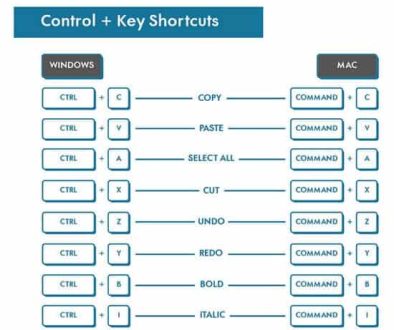Social Proof Amazon Ultimate Guide: Social Media & Sales
In today’s competitive e-commerce landscape, social proof has become one of the most powerful tools for influencing customer behavior. For Amazon sellers, understanding how to harness social proof—especially through social media—can dramatically improve visibility, credibility, and ultimately, sales. This guide delves into the mechanics of social proof, its integration with Amazon sales, and how social media platforms can act as catalysts for exponential growth.
What Is Social Proof?
Social proof refers to the psychological phenomenon where individuals look to the behavior and decisions of others to guide their own actions. In e-commerce, this often comes in the form of:
- Customer reviews and ratings
- User-generated content (UGC)
- Social media shares and mentions
- Influencer endorsements
- Best-seller rankings
Each of these elements builds trust and reduces purchase hesitation by signaling that others have had favorable experiences with a particular product or brand.
Why Social Proof Matters on Amazon
Buying decisions on Amazon are often made in seconds. High-quality images, detailed descriptions, and compelling titles are undeniably important, but what often seals the deal are visible endorsements from real customers. Here’s how social proof contributes to Amazon success:
- Higher conversion rates: Products with multiple 5-star reviews are converted at significantly higher rates than those without.
- Improved search rankings: Amazon’s A9 algorithm favors listings with positive reviews, contributing to better placement in search results.
- Lower return rates: Transparent feedback helps set accurate expectations, reducing dissatisfaction post-purchase.
Simply put, products that have social approval tend to outperform those that don’t.
Integrating Social Media for Maximum Impact
Harnessing the influence of social media platforms is essential for building and displaying social proof. Social media not only expands brand reach but also fuels direct and indirect Amazon sales. Here’s how to use it effectively:
1. Encourage User-Generated Content (UGC)
Invite customers to share photos and experiences with your products on platforms like Instagram and Facebook. Repost their content (with permission) and link it back to your Amazon store. UGC serves as authentic testimonials and enhances trust.

2. Partner with Micro-Influencers
Influencers with engaged followings can significantly sway buyer decisions. Partnering with micro-influencers in your product niche allows your brand to tap into an audience already interested in your product category. Offer them free samples and track coupon codes to measure ROI directly from Amazon sales.
3. Showcase Reviews Across Platforms
Don’t let your positive Amazon reviews stay hidden. Share screenshots of these reviews on Twitter, TikTok, and Pinterest. Each share reinforces buyer confidence and enhances the visibility of your social proof outside the Amazon ecosystem.
4. Create Educational and Promotional Content
Consider creating demonstration videos or how-to guides that integrate your Amazon product links. Platforms like YouTube and TikTok are ideal for turning informative content into compelling proof that your product works and provides value.
Using Amazon’s Built-In Social Proof Tools
Amazon itself provides several features designed to amplify social proof. Leveraging these tools is critical:
- Amazon Vine: An invitation-only program that provides trusted reviewers with free products in exchange for honest feedback. Proven to increase quality reviews.
- Early Reviewer Program: Helps generate the first few reviews for new listings, which can jumpstart your Amazon success.
- Verified Purchase Badge: This badge adds credibility to each review, showing that the reviewer actually bought the product through Amazon.
Best Practices for Building Social Proof
Consistency is key when developing social proof. To efficiently grow your credibility and encourage consumer trust, follow these best practices:
- Respond to all reviews: Demonstrate active customer service by addressing feedback—positive or negative—in a professional manner.
- Monitor brand mentions: Use tools like Google Alerts or social media management software to track discussions about your product or brand.
- Use compelling calls-to-action (CTAs): Encourage your followers to leave a review or share their experience with your product after purchase.

Conclusion
Incorporating social proof effectively on Amazon goes beyond just racking up reviews. It requires a strategic blend of customer interaction, influencer partnerships, and multi-channel integration. Social media acts as a fertile ground for building credibility and driving traffic, while Amazon’s built-in tools solidify that trust within the platform. By implementing the tactics outlined in this guide, sellers not only enhance their brand’s public perception but also position their products for long-term success in a crowded marketplace.
- How to strikethrough on Google Docs: A Quick Shortcut Guide - December 6, 2025
- Using a Javascript splitter for Text - December 5, 2025
- Google Pixel 9 Pro case Reviews: Protection vs. Style - December 4, 2025
Where Should We Send
Your WordPress Deals & Discounts?
Subscribe to Our Newsletter and Get Your First Deal Delivered Instant to Your Email Inbox.



